Help your child develop his ability to communicate and interact with others by using resources designed to support him in building social skills.
About Cerebral Palsy
Cerebral Palsy (CP) is a group of diseases that affect the brain and a person’s ability to control muscle movement. There are 4 main types:
- Spasticity (stiff muscles) – Spastic CP affects about 80% of people with CP and affects different parts of the body.
- Dyskinesia (uncontrollable movements) – A person with this type has trouble controlling their muscles and may have stiff, jerky movements of their hands, arms, legs and feet.
- Ataxia (poor balance and control) – Ataxic CP may cause unsteady walking or a hard time controlling hand movements to write or reach for an object.
- Mixed CP – Some people may have more than one type of CP.
Fast Facts
- CP affects up to 4 out of 1,000 births worldwide.
- It is the most common motor disability in childhood.
- It is more common in boys than in girls.
Children with CP may have difficulty fitting in with others due to problems with communication, development and physical and emotional disability. Social problems that may affect your child include:
- Poor control of tongue and mouth muscles that affect speech
- Difficulty in being understood by others
- Hearing loss or vision problems
- Delays in emotional and physical development
- Attention and behavioral challenges
- Exclusion from social activities or being separated from others
Five Ways to Build Social Skills for Your Child with CP
1 Develop your child’s interests by involving him in sports, travel, art, music, camps and other varied activities.
2 Be patient. Take the time to try and understand your child. Encourage communication using methods that he is comfortable with. Using communication boards or hand gestures can help fill in gaps in speech.
3 Use apps that help children with communication and language comprehension.
4 Enroll your child in social therapy, which uses group and individual activities to reduce barriers to communication. Activities are led by a health care professional specializing in disabilities.
5 Involve him in recreational therapy, which provides opportunities to participate in social activities led by a recreational therapist. This therapy helps children with CP increase confidence and acceptance of their condition.
Reference
Centers for Disease Control and Prevention
Resources
Click here for helpful links and resources for families of children with special needs.
Find more articles about children with cerebral palsy below:
- What I Wish You Knew about My Son for Cerebral Palsy Awareness Month
- Cerebral Palsy Awareness: Nutrition Issues with Cerebral Palsy
- Cerebral Palsy and the Meaning of Unconditional Love
- Transitioning into Adulthood with Cerebral Palsy
- A Mother’s Calling Revealed Through Her Daughter With Cerebral Palsy






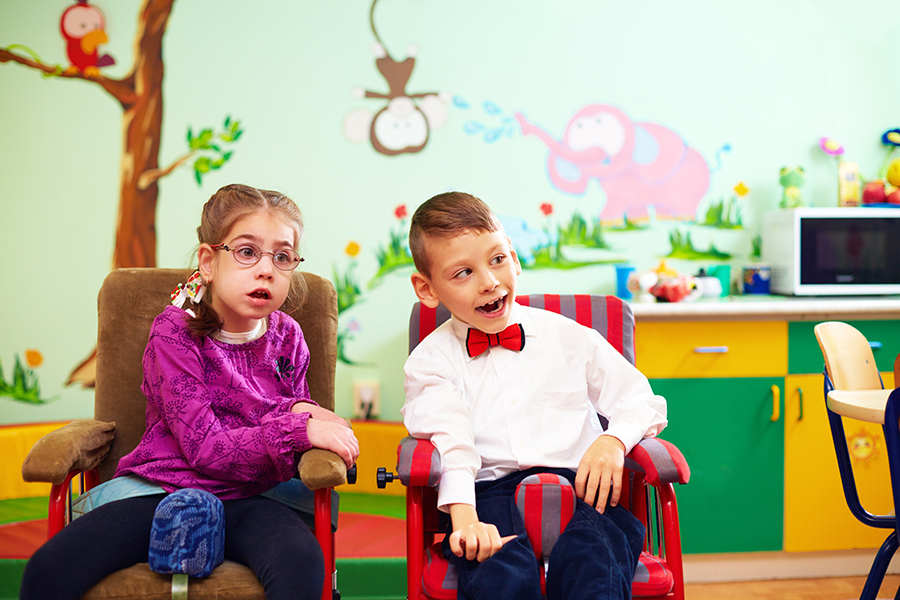

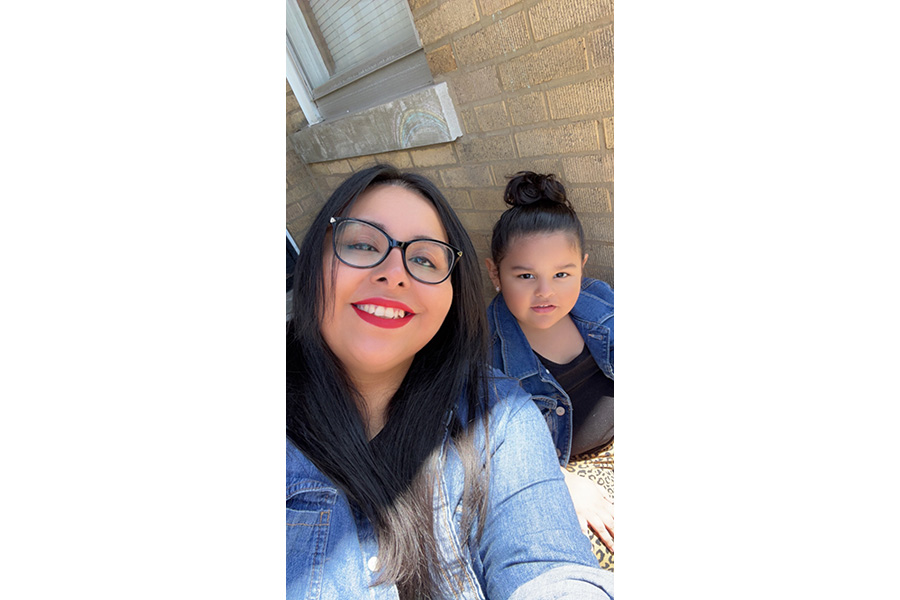
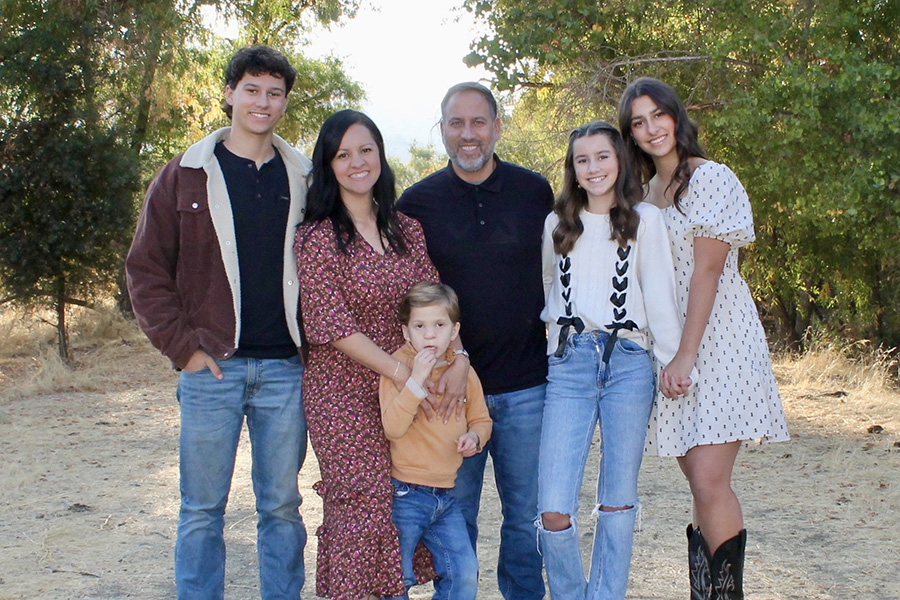
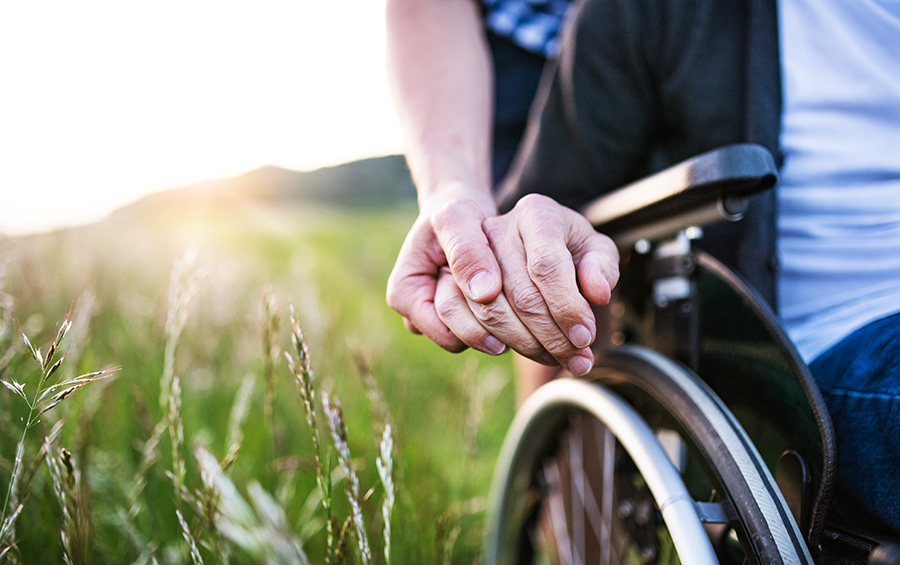
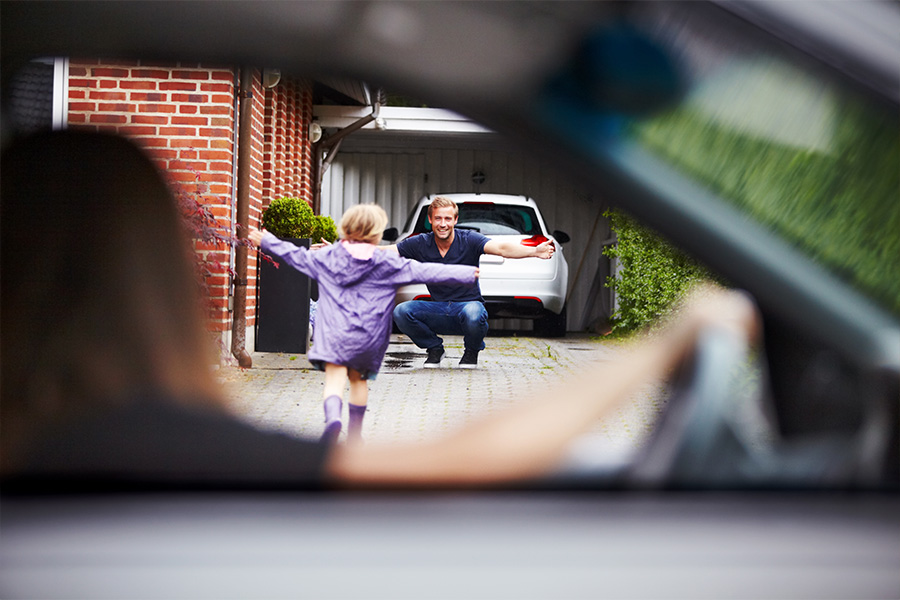
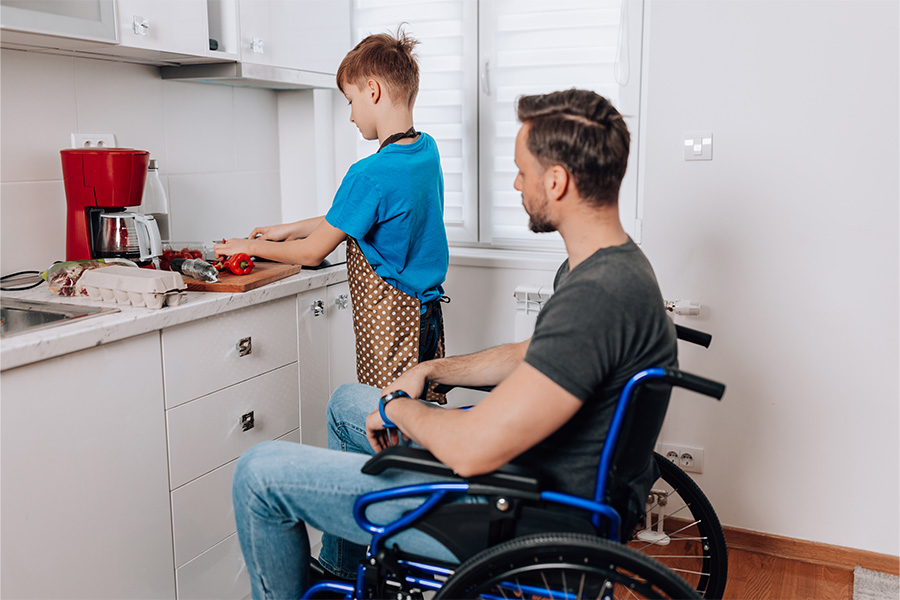
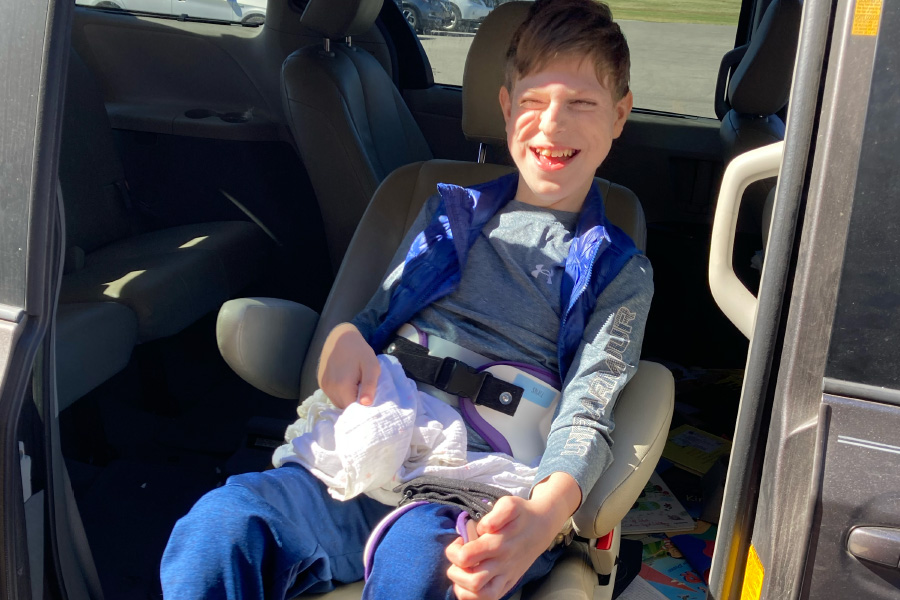
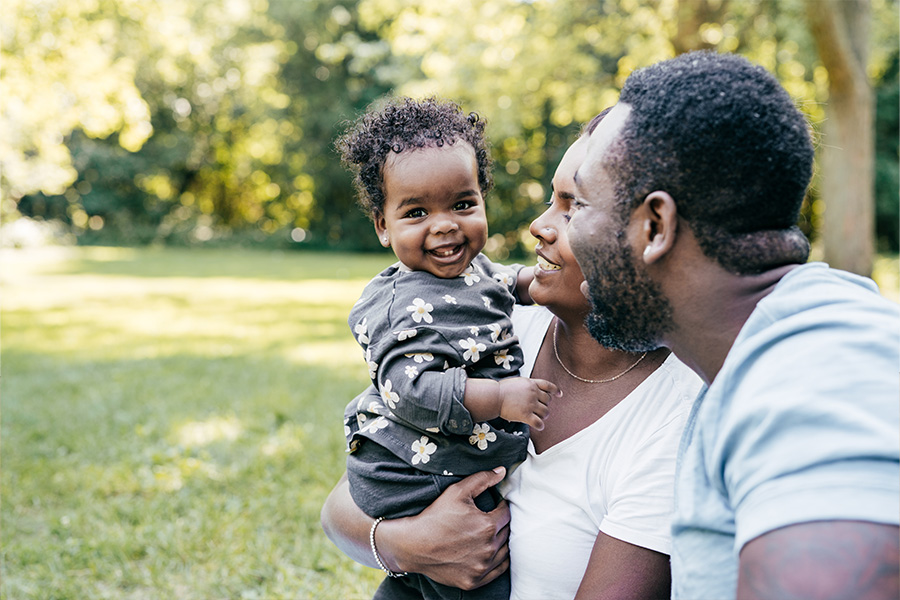
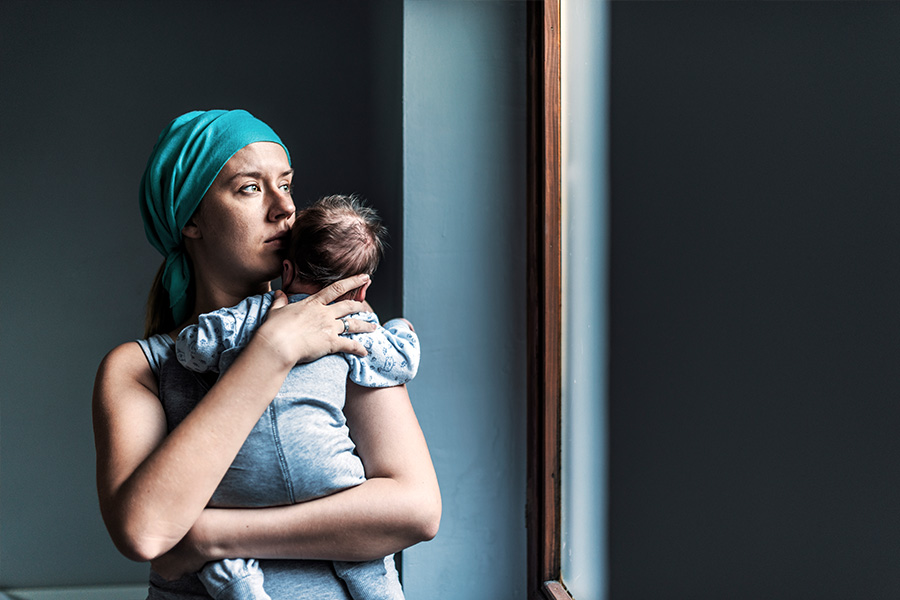
I need to know if your having any more meetings because i need to take more meetings on cp and if you have anything in Spanish.
My sister has cp and it is mild